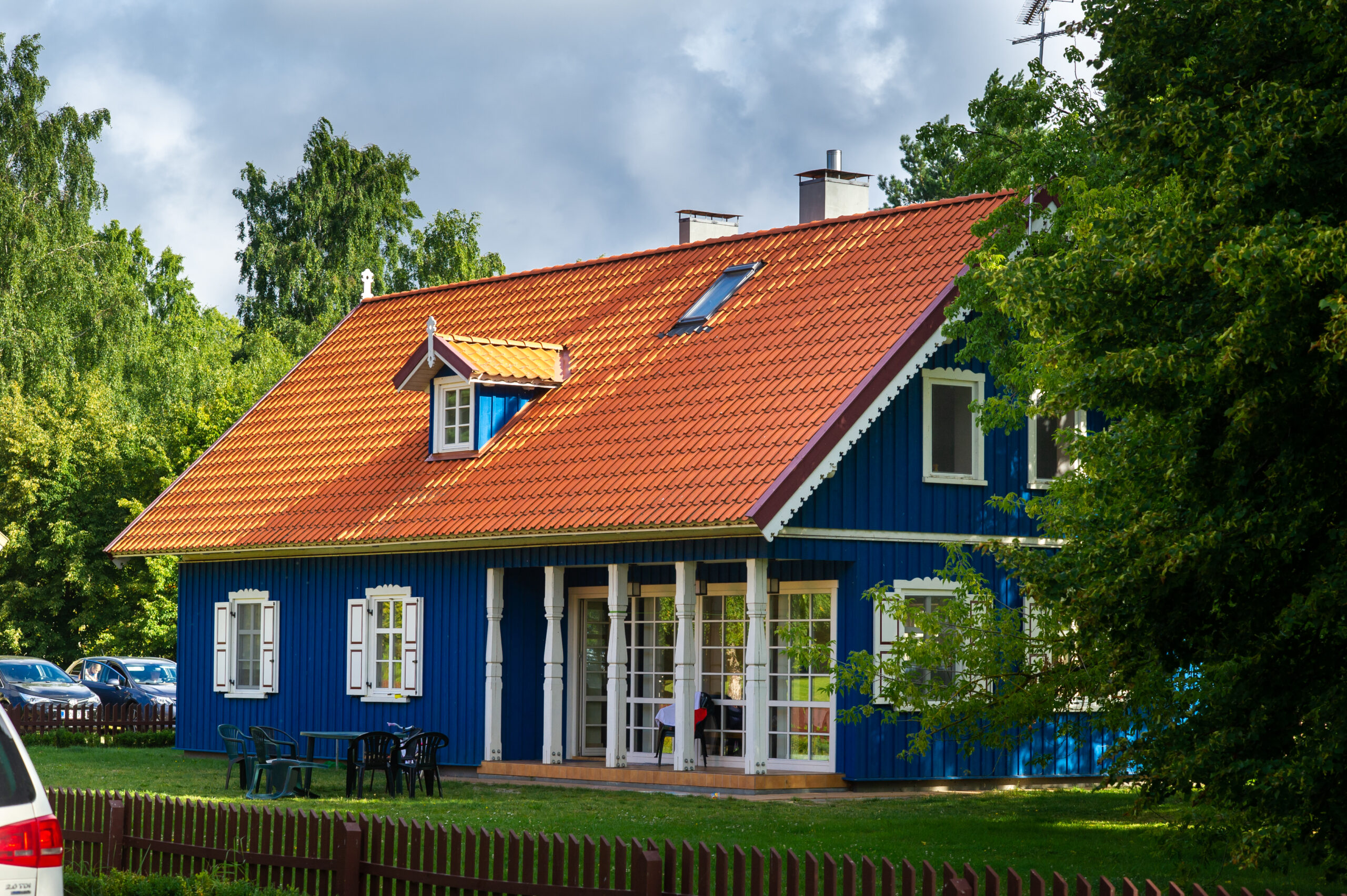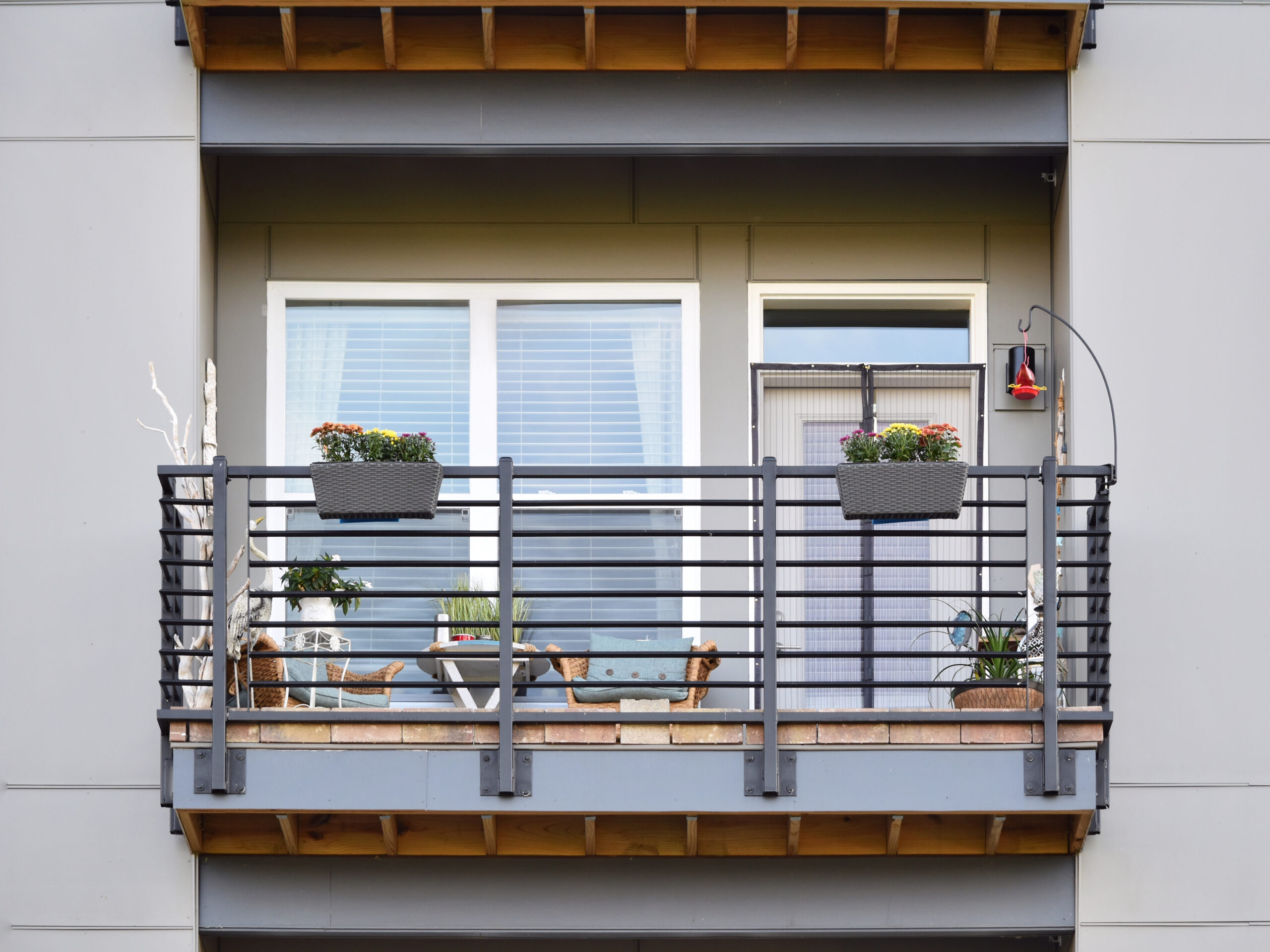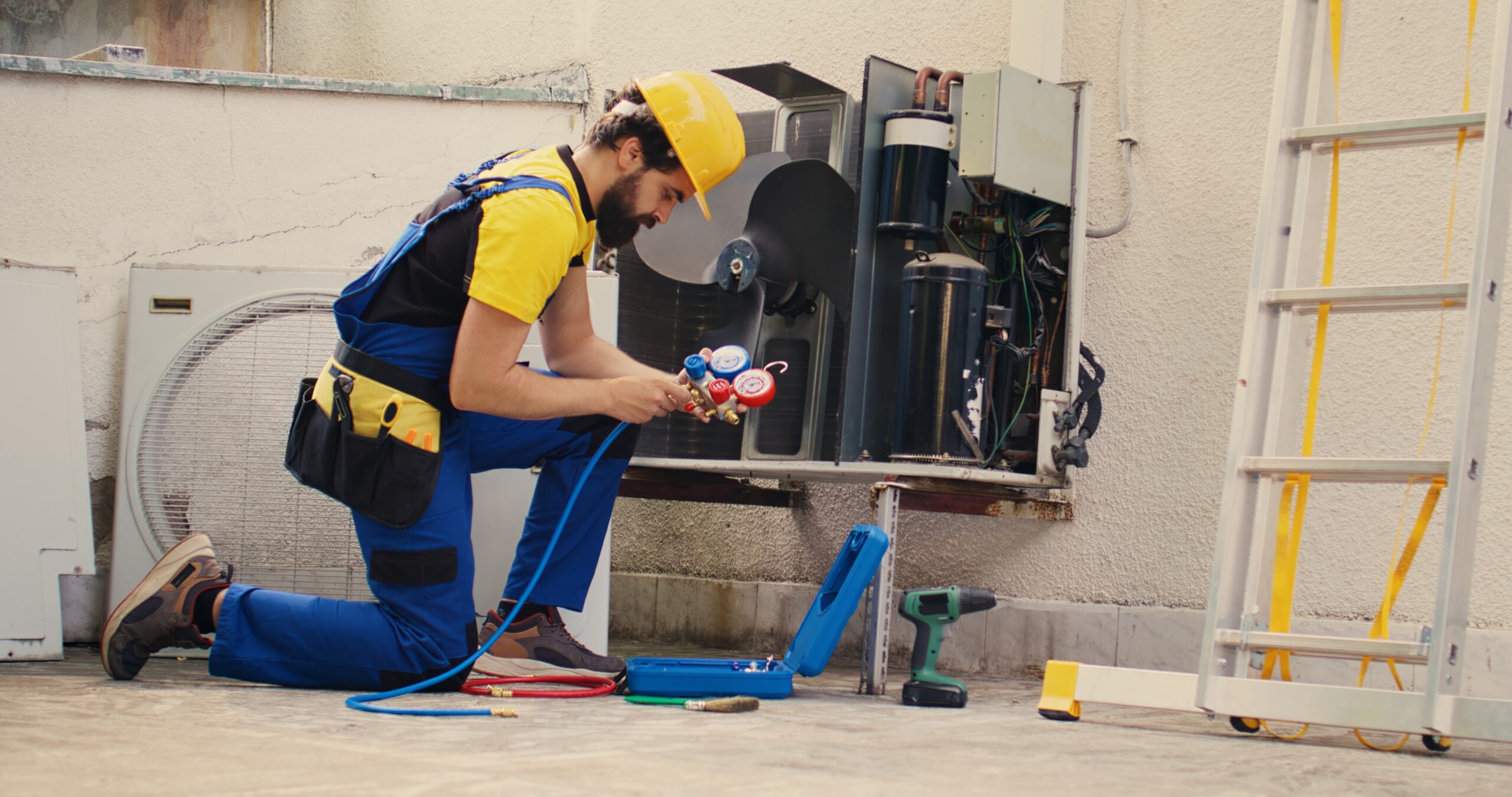Modern security systems incorporate a variety of interesting and advanced features that protect users against a plethora of different types of threats. Security comes in a few flavors, and learning to identify the advanced features that might be highlighted in any given security system is a must for landlords, homeowners, and consumers who are hoping to protect their belongings and livelihood against unwanted intrusions.
Security is typically rooted in one of two schools of thought.

Security systems either work to prevent attacks through an aggressive, hardened outward stance, or thwart attacks with sophisticated security measures that entrap would-be thieves or predators. Many home security systems operate with the first approach as a guiding authority in their endeavor to bring safety and security to the property.
A Verkada home security system, for instance, will typically incorporate a number of motion sensors, security cameras, and alarm devices. Verkada is a household name in the space of security cameras, and their products are used among some of the most well-fortified homes in Silicon Valley, San Mateo, and beyond. Verkada cameras protect businesses and homes alike, and law enforcement agencies rely on Verkada products too. Security cameras operate as a defensive measure because they are actively seen by those considering a break-in. Security cameras present a hazardous field of play for burglars because one false move will result in the easy identification of the thief.
The same approach is taken in firewall construction to ward off hackers. Security surrounding your digital assets must be rigid and unyielding in order to prevent hackers from trying to penetrate your systems and steal information and sensitive data. These outward preventative measures are a key feature in any security system, and they are both functional and flashy in order to dissuade an encroachment in the first place.
Security goes to the second level in order to provide full-spectrum protection.

The other school of thought kicks in when a burglar, hacker, or other thieves can’t be dissuaded by cameras and other outward-facing security measures. Electronic access controls are a great example of the second level of physical security. At a residential property, the cameras might turn away most would-be invaders, but the harder-to-see access measure will work to prevent anyone who decides to try to break in anyway. These measures are designed to thwart attackers as they meet the security cordon itself. Access controls offer an expanded measure of security to those who live within the building and can provide a powerful calming effect for everyone involved.
However, there is another wrinkle to this element of the security network. Pen testers are often called in to try to breach physical and digital systems in order to expose inherent flaws and other weaknesses in the security that already exists. As a result, many buildings and digital infrastructure incorporate additional securitization products that can “trap” an intruder once they’ve breached the external security features. For instance, locking doors that require a keycard to leave or to open internal doors beyond the primary entrance can foil an intruder’s plans for corporate espionage or simple burglary right at the start.
Likewise, many digital security environments are capable of marking intruders while actively working to close off additional branches of information once the initial hack has been successful.
No security system will ever be perfect, but security experts like Verkada are coming increasingly closer to a security network that can provide enhanced peace of mind and continued protection against a myriad of threats from all directions. Consider a Verkada system in your business, home, or storage solution in order to enjoy the best in confident security today.


















